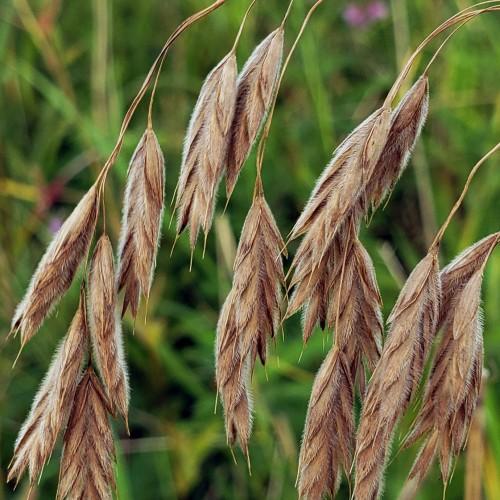
Fringed Brome
Bromus kalmii
Also Known As - Kalm's Brome,Wild ChessWatering:
Minimal
Hardiness Zone:
Sun:
full sun,part shade
Leaf:
Yes
Growth Rate:
Low
Drought Tolerant:
Yes
Salt Tolerant:
Yes
Invasive:
Yes
watering
Soft Brome needs to be watered about 2 times per week when grown in pots and containers. The soils should be kept slightly moist but not too wet. Water well, then wait until the top of the soil has dried before watering again. When growing Soft Brome in the ground, irrigation should be provided about every 10–14 days, with an inch of water each time. Make sure not to overwater, as this can lead to root rot.
sunlight
Soft Brome is a plant species mainly found in semi-arid Mediterranean climate regions. When cultivated, this species does best in full sun, which means it requires at least 6 hours of direct sunlight per day. When grown outdoors and not in a greenhouse, it should receive between 8 and 10 hours of direct sunlight daily during the growing season. Soft Brome is a drought-tolerant plant with an average water requirement. It should be watered approximately once a week throughout the growing season. It is important to avoid over-watering, which can cause the plant to become waterlogged, leading to root rot and other diseases.
pruning
Soft Brome should be pruned in early to mid spring when the stems are still young and green. Prune 1-third of the stem down to ground level to stimulate new growth and overall vigor of the plant. Pruning any lower may damage the root system and should be avoided. Pruning of dead or diseased branches should be done as soon as noticed to protect other parts of the plant. Heavy pruning is not recommended for Soft Brome and light pruning should be done instead.
